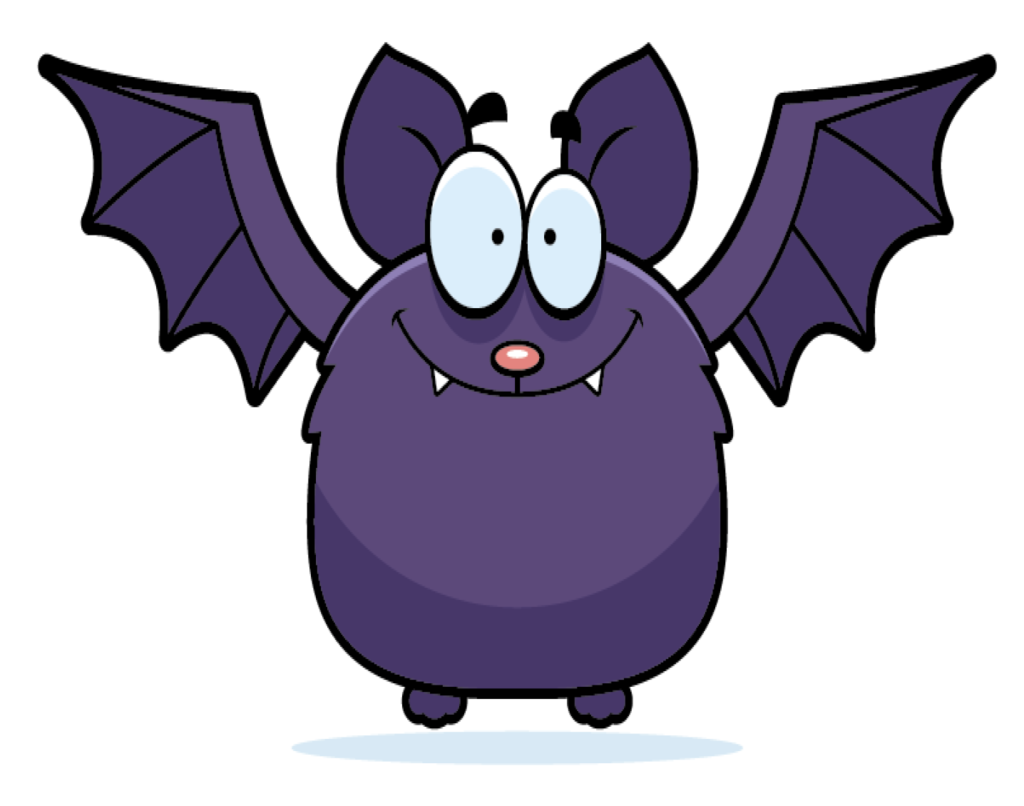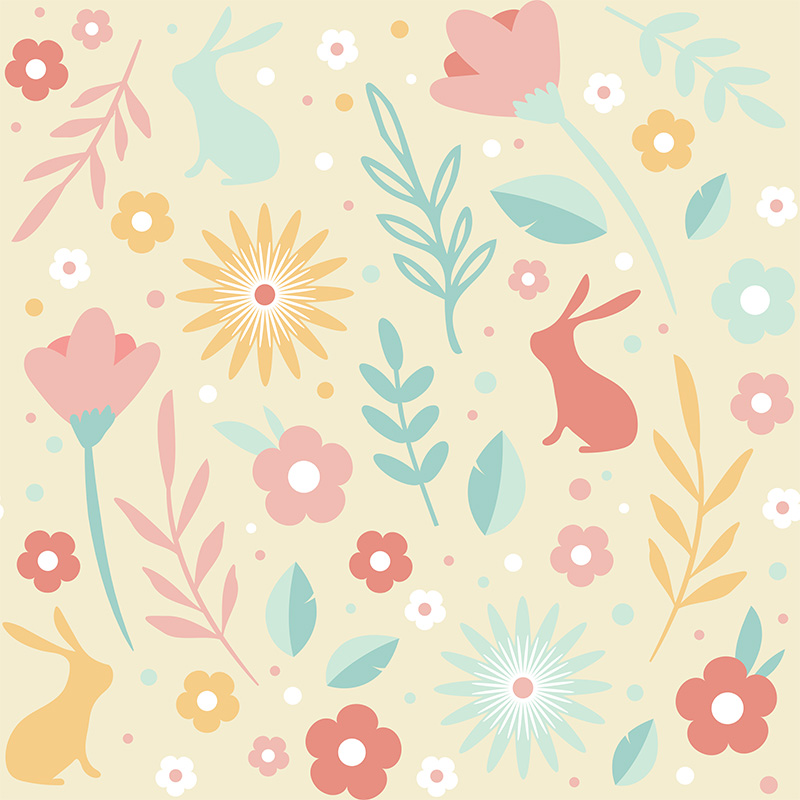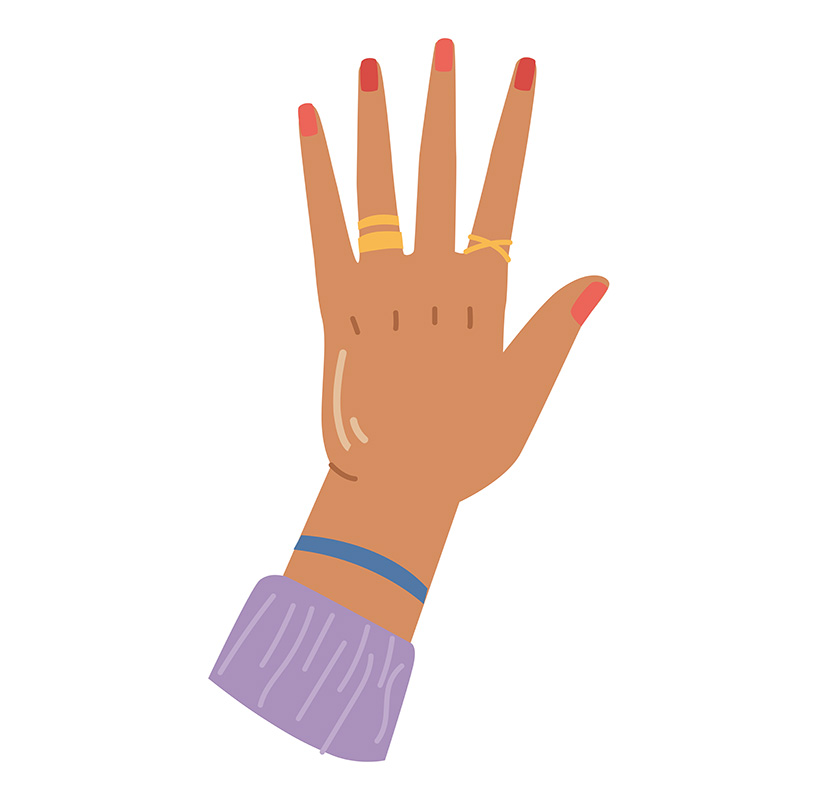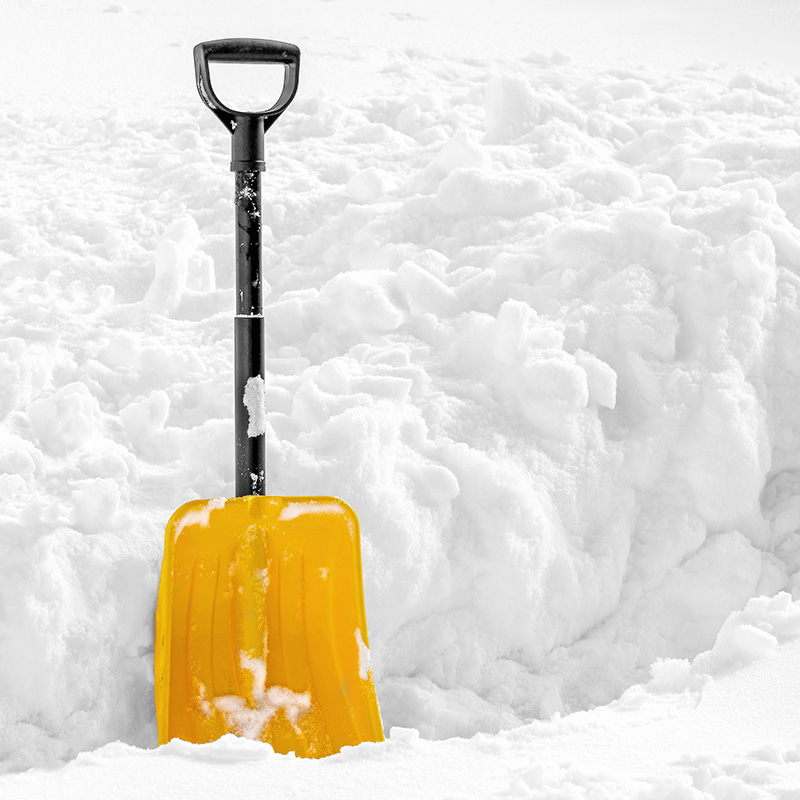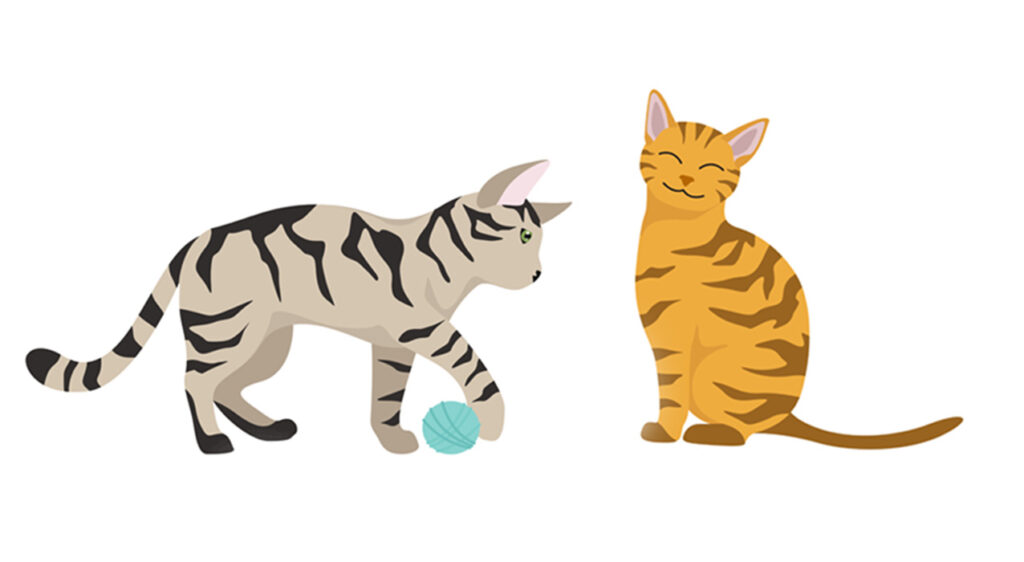by S.M. Ford
(Mother of 2 girls, Grandmother of 3 boys, and an avid scrapbooker!)
Want to creatively keep your young children busy? Try these ideas, and not only will your children be entertained, but they’ll have the opportunity to expand their own creativity, as well.
Action Songs and Poems
Sing action songs. “The Wheels on the Bus” or “Head and Shoulders Knees and Toes” have great appeal even to babies, especially when you involve them in the action. Toddlers quickly learn to imitate the motions you show them. Many ages enjoy listening to silly songs. If you don’t know many songs, discover the variety of good DVDs, CDs, and CD/tape book combinations at your local library or bookstore. Many books include ideas for the motions.
Recite action poetry. Rhymed poems are easy to remember, i.e.“Pat-a-cake,” and sometimes even teach a simple lesson: “Five Little Monkeys” teaches children not to jump on the bed. If you don’t remember nursery rhymes from your childhood, children’s books and magazines are a good source. Don’t forget the classic Mother Goose rhymes!
Creative Materials and Art
 Have creative toys available. Blocks that fit together or stack, connecting beads and rings, and puzzles give your child the chance to make and build. Toys where only her imagination is the limit are especially important and can keep a child occupied by herself.
Have creative toys available. Blocks that fit together or stack, connecting beads and rings, and puzzles give your child the chance to make and build. Toys where only her imagination is the limit are especially important and can keep a child occupied by herself.
Let them sew. Start with sewing cards where he can weave “thread” through holes in cardboard or wood. Create your own cards with cardboard and a hole-punch. Use shoelaces or yarn with taped ends for the thread. Fabric scraps, felt, buttons, and yarn can be glued to make a fun creation, as well. As your children get older, allow real needles (large size) and thread.
Supply more than the basics of crayons and paper. Coloring books, marker books, washable markers, sticker books, and paint-with-water books are great starters. Water paints or finger-paints take more of your supervision time, but all of these materials can give kids wonderful outlets for creating. Also offer colored or construction paper, safety scissors, tape, glue sticks, stencils, etc.
Don’t forget modeling clay or dough. You can even make it at home. Let those small hands shape, squish and form. Provide simple tools from your kitchen: cookie cutters, plastic silverware, rolling pins, molds, and straws. You may even have more unusual tools such as a garlic press to make strings, or a meat mallet to make patterns. An egg slicer is fun too. Consider using a plastic table cloth on and under the table to protect the furniture and floor. Supervise at first to make sure children use the dough appropriately.
Theatrical Opportunities
 Make a dress-up box or basket. Scout your closet or garage sales for shirts, hats, dresses, scarves, vests, gloves, purses, bags, and more. Let your child combine these items to make fun costumes for hours of pretend play.
Make a dress-up box or basket. Scout your closet or garage sales for shirts, hats, dresses, scarves, vests, gloves, purses, bags, and more. Let your child combine these items to make fun costumes for hours of pretend play.
Make or purchase puppets. Stuffed animals may get to play roles in your child’s productions, too. The stage can simply be a blanket strung between two chairs, the back of the couch, or a large box with an opening cut out. Be prepared to be the audience.
Books
Read to your children. From board books to novels, the more you read to them, the more likely they’ll become readers later. At the library, encourage them to pick out their own books. Readers can entertain themselves anywhere, anytime.
– – – – –
Traditional Play Dough
Mix all ingredients, adding food coloring last. Stir over medium heat until smooth. Remove from pan and knead until blended smooth. Place in plastic bag or airtight container when cooled. Will last for a long time.

